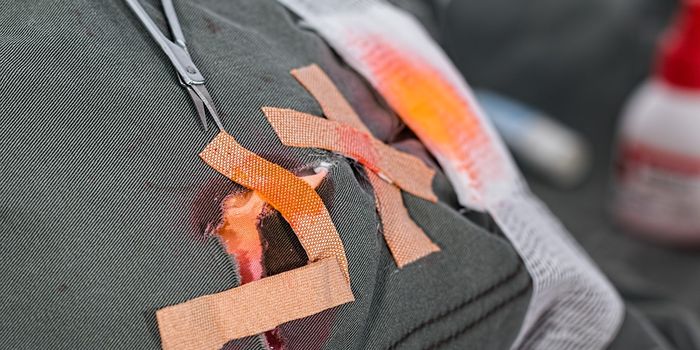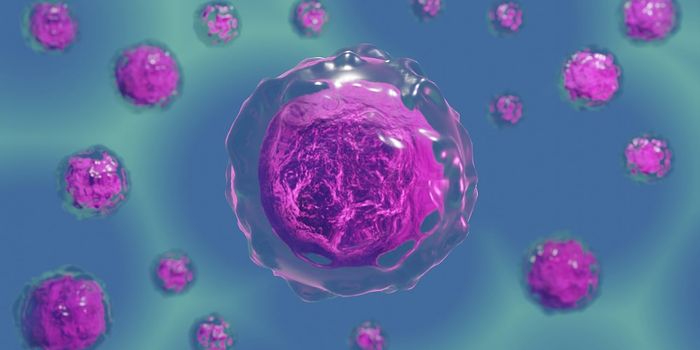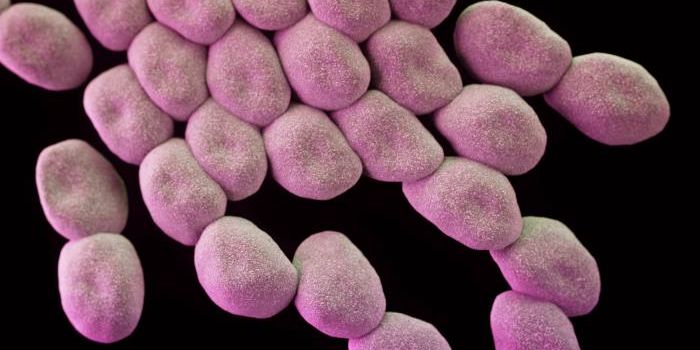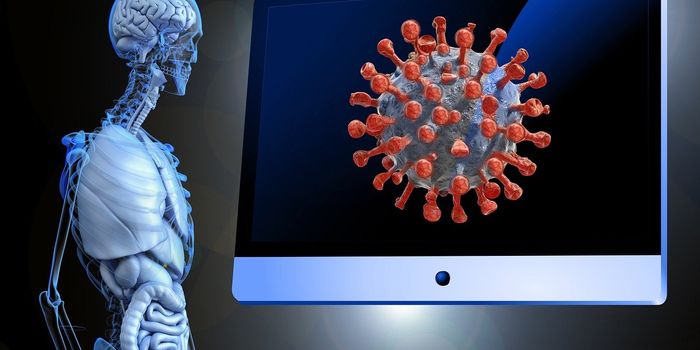Investigators Reveal a Surprising Role for a Subset of T Cells
T cells are a major component of the adaptive immune system, which forms a kind of memory of the pathogens it reacts to. Some types of T cells can also have an influence on the innate immune system, which reacts to all foreign substances in the same way. T helper cells are known to produce inflammatory molecules called cytokines that can recruit other immune cells to the site of an infection, initiating an immune response. But new research has identified a specific type of T cell - Th17 cells - that release cytokines that affect the innate immune system. The work also revealed how those cytokines are generated. The research has suggested that Th17 could be involved in autoimmune diseases and fungal infections. The findings have been reported in Nature Immunology.
This work has shown that Th17 cells (discussed in the video below) are a subset of T cells that release a cytokine called IL-1α, which is a powerful promoter of inflammation. But this cytokine has previously been shown to be a part of the innate immune system, noted study leader Professor Christina Zielinski, head of the Department of Infection Immunology at Leibniz-HKI.
IL-1α sends a potent signal that the body is under threat; even very tiny amounts of it can cause a fever, added Zielinski. Researchers suspect that IL-1α plays a role in autoimmune diseases such as juvenile rheumatoid arthritis.
The investigators set out to learn how T cells produce and release IL-1α. They found that these T cells contain a complex known as the inflammasome, and it plays a central role in the process. The inflammasome is a well-known complex, but this is a newly identified role for it.
"Until now, it was unknown that human T cells had such an inflammasome and that it could be repurposed to produce IL-1α," Zielinski said.
Additional work revealed that a molecule called gasdermin E is moving IL-1α out of the Th17 cells. Gasdermin E can form holes in the membranes of cells, and this is a totally novel mode of transport for inflammatory molecules moving out of T cells.
Only certain Th17 cells are actually making IL-1α, however. There are other types of T helper cell types that don't generate the inflammatory cytokine.
Th17 cells are also crucial to fighting fungal infections, Zielinski said. Knowing that, the researchers found that Th17 cells that respond to the pathogenic yeast Candida albicans can secrete IL-1α. The researchers suggested that Th17 cells are probably important to fighting Candida infections
Now the scientists want to know if gasdermin E gets involved when T cells fight other types of infections.
Sources: Leibniz Institute for Natural Product Research and Infection Biology - Hans Knoell Institute (Leibniz-HKI), Nature Immunology









